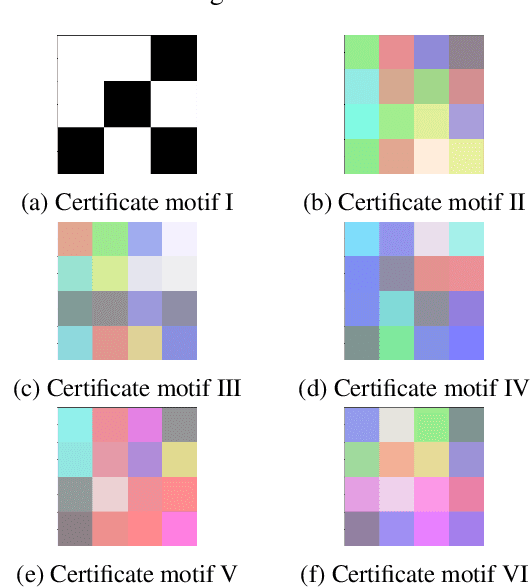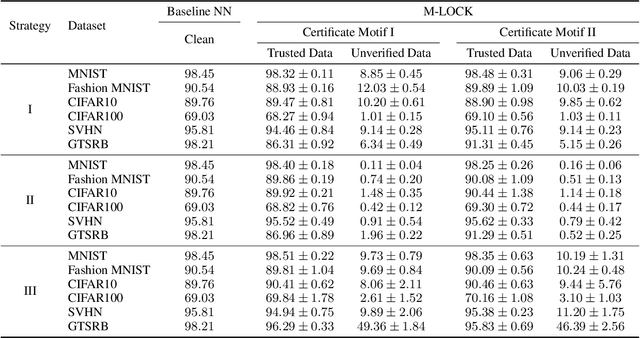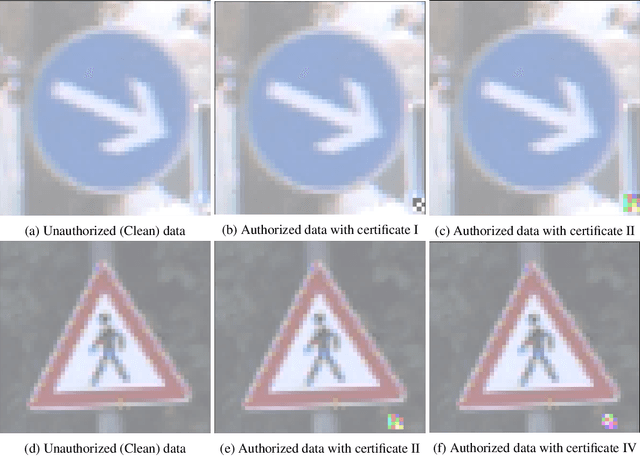Ge Ren
Spring
Feature-oriented Deep Learning Framework for Pulmonary Cone-beam CT (CBCT) Enhancement with Multi-task Customized Perceptual Loss
Nov 01, 2023



Abstract:Cone-beam computed tomography (CBCT) is routinely collected during image-guided radiation therapy (IGRT) to provide updated patient anatomy information for cancer treatments. However, CBCT images often suffer from streaking artifacts and noise caused by under-rate sampling projections and low-dose exposure, resulting in low clarity and information loss. While recent deep learning-based CBCT enhancement methods have shown promising results in suppressing artifacts, they have limited performance on preserving anatomical details since conventional pixel-to-pixel loss functions are incapable of describing detailed anatomy. To address this issue, we propose a novel feature-oriented deep learning framework that translates low-quality CBCT images into high-quality CT-like imaging via a multi-task customized feature-to-feature perceptual loss function. The framework comprises two main components: a multi-task learning feature-selection network(MTFS-Net) for customizing the perceptual loss function; and a CBCT-to-CT translation network guided by feature-to-feature perceptual loss, which uses advanced generative models such as U-Net, GAN and CycleGAN. Our experiments showed that the proposed framework can generate synthesized CT (sCT) images for the lung that achieved a high similarity to CT images, with an average SSIM index of 0.9869 and an average PSNR index of 39.9621. The sCT images also achieved visually pleasing performance with effective artifacts suppression, noise reduction, and distinctive anatomical details preservation. Our experiment results indicate that the proposed framework outperforms the state-of-the-art models for pulmonary CBCT enhancement. This framework holds great promise for generating high-quality anatomical imaging from CBCT that is suitable for various clinical applications.
Piston sensing for sparse aperture systems via all-optical diffractive neural network
Dec 14, 2022



Abstract:It is a crucial issue to realize real-time piston correction in the area of sparse aperture imaging. This paper introduces an optical diffractive neural network-based piston sensing method, which can achieve light-speed sensing. By using detectable intensity to represent pistons, the proposed method is capable of converting complex amplitude distribution of the imaging optical field into piston values directly. Differing from the electrical neural network, the way of intensity representation enables the method to obtain the predicted pistons without imaging acquisition and electrical processing process. The simulations demonstrate the feasibility of the method for point source, and high accuracies are achieved for both monochromatic light and broadband light. This method can greatly improve the real-time performance of piston sensing and contribute to the development of the sparse aperture system.
Extracting lung function-correlated information from CT-encoded static textures
Oct 29, 2022Abstract:The inherent characteristics of lung tissues, which are independent of breathing manoeuvre, may provide fundamental information on lung function. This paper attempted to study function-correlated lung textures and their spatial distribution from CT. 21 lung cancer patients with thoracic 4DCT scans, DTPA-SPECT ventilation images (V), and available pulmonary function test (PFT) measurements were collected. 79 radiomic features were included for analysis, and a sparse-to-fine strategy including subregional feature discovery and voxel-wise feature distribution study was carried out to identify the function-correlated radiomic features. At the subregion level, lung CT images were partitioned and labeled as defected/non-defected patches according to reference V. At the voxel-wise level, feature maps (FMs) of selected feature candidates were generated for each 4DCT phase. Quantitative metrics, including Spearman coefficient of correlation (SCC) and Dice similarity coefficient (DSC) for FM-V spatial agreement assessments, intra-class coefficient of correlation (ICC) for FM robustness evaluations, and FM-PFT comparisons, were applied to validate the results. At the subregion level, eight function-correlated features were filtered out with medium-to-large statistical strength (effect size>0.330) to differentiate defected/non-defected lung regions. At the voxel-wise level, FMs of candidates yielded moderate-to-strong voxel-wise correlations with reference V. Among them, FMs of GLDM Dependence Non-uniformity showed the highest robust (ICC=0.96) spatial correlation, with median SCCs ranging from 0.54 to 0.59 throughout ten phases. Its phase-averaged FM achieved a median SCC of 0.60, the median DSC of 0.60/0.65 for high/low functional lung volumes, respectively, and the correlation of 0.646 between the spatially averaged feature values and PFT measurements.
Automatically Lock Your Neural Networks When You're Away
Mar 15, 2021



Abstract:The smartphone and laptop can be unlocked by face or fingerprint recognition, while neural networks which confront numerous requests every day have little capability to distinguish between untrustworthy and credible users. It makes model risky to be traded as a commodity. Existed research either focuses on the intellectual property rights ownership of the commercialized model, or traces the source of the leak after pirated models appear. Nevertheless, active identifying users legitimacy before predicting output has not been considered yet. In this paper, we propose Model-Lock (M-LOCK) to realize an end-to-end neural network with local dynamic access control, which is similar to the automatic locking function of the smartphone to prevent malicious attackers from obtaining available performance actively when you are away. Three kinds of model training strategy are essential to achieve the tremendous performance divergence between certified and suspect input in one neural network. Extensive experiments based on MNIST, FashionMNIST, CIFAR10, CIFAR100, SVHN and GTSRB datasets demonstrated the feasibility and effectiveness of the proposed scheme.
 Add to Chrome
Add to Chrome Add to Firefox
Add to Firefox Add to Edge
Add to Edge